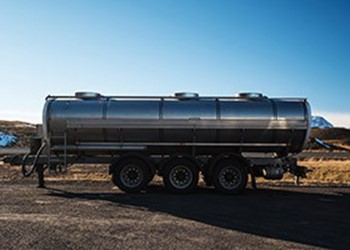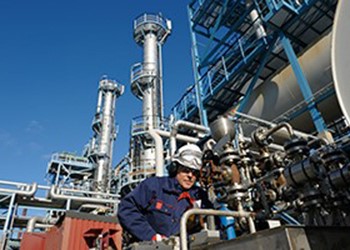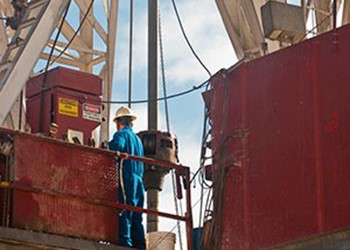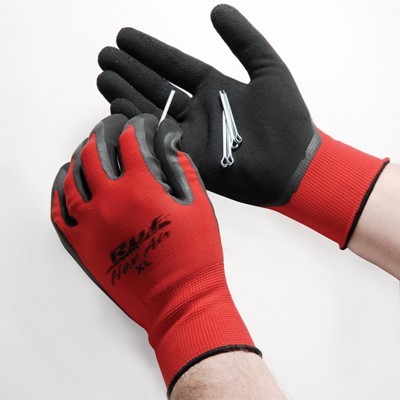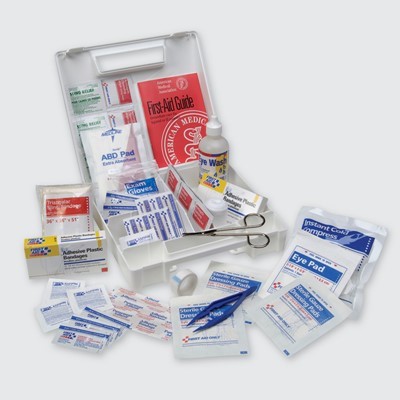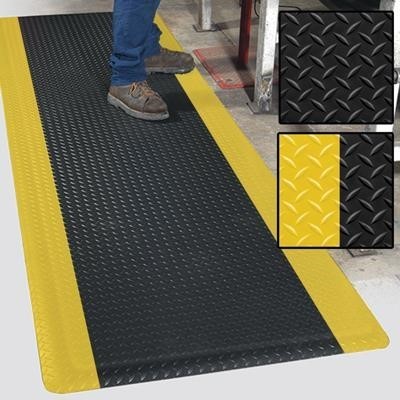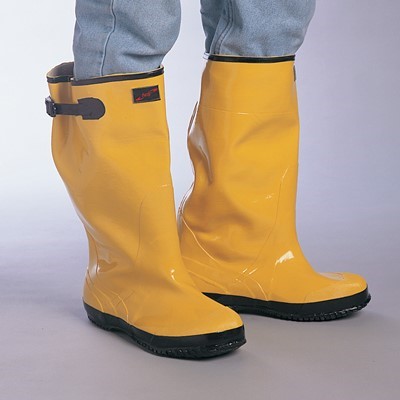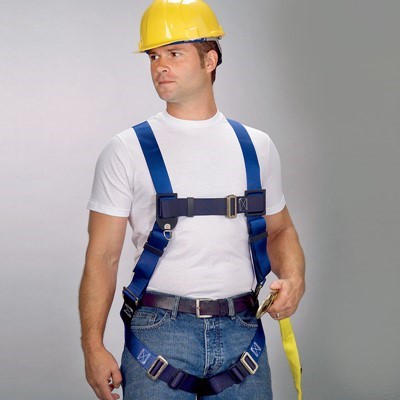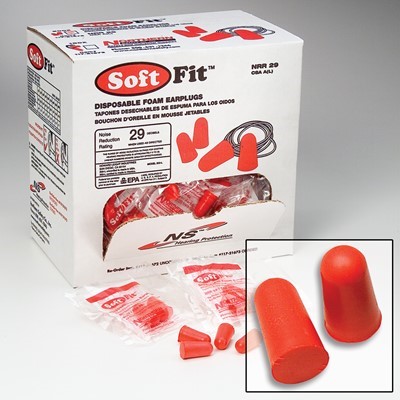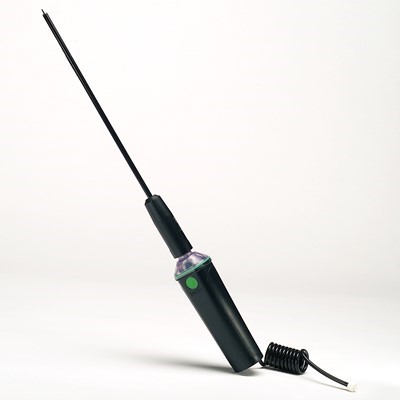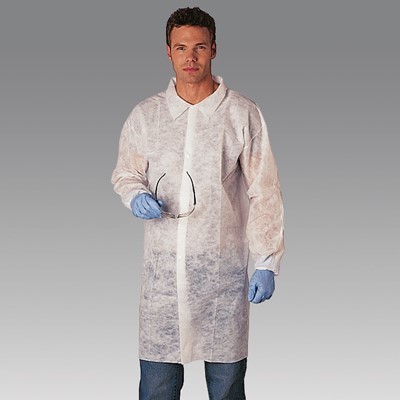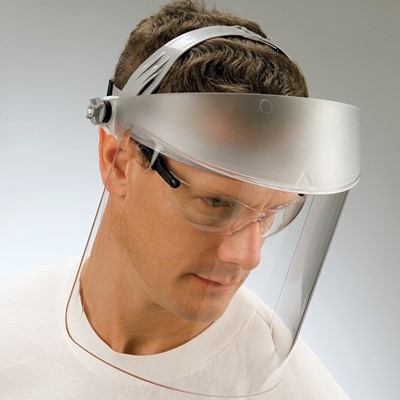
Oil and natural gas are major industries throughout the world and generate trillions of dollars in revenue. Its complex operations employ millions of Americans.
The industry is broken down into three segments:
-
Upstream: oil and gas exploration and production
-
Midstream: transportation and storage
-
Downstream: refining, processing, & purification, marketing, and distribution
Workers in each segment face demanding conditions. They require specialized tools to be productive and personal protective equipment (PPE) to stay safe on the job. Employers can rely on us for everything their teams need along with services that deliver total supply chain optimization.
If you'd like to learn about the benefits of working with a team that's dedicated to helping you achieve more, contact us by calling: 1-800-568-2764 or CLICK HERE
Health & Safety Hazards
Musculoskeletal Disorders (MSD)
When workers lift heavy objects, reach overhead, bend into awkward positions, or perform repetitive tasks, they are prone to painful MSDs. These conditions include sprains, strains, and tears to muscles, ligaments, nerves, and tendons. Fortunately, these injuries, and their accompanying costs, can largely be prevented by applying ergonomic principles. The Occupational Safety and Health Administration (OSHA) recommends seven steps in executing an ergonomic process: provide management support and commitment, involve workers, provide thorough training, identify problems, encourage early reporting of MSD symptoms, implement solutions to control the hazards, and evaluate progress.Confined Spaces
Petroleum storage tanks, mud pits, reserve pits, and sand storage containers, along with the hazardous chemicals and flammable gases contained within, are just a few examples of the confined spaces that put workers at risk. To prevent accidents, such as entrapment, asphyxiation, or the ignition of flammable vapors, from occurring, confined spaces must be classified as permit-required confined spaces and tested before entering. Gas detection monitors allow workers to check for gases such as methane and hydrogen sulfide, alerting them when levels become dangerous. Employees must be trained; a rescue plan must be at the ready; and proper PPE must be employed.Explosions and Fires
Worksites run the risk of fire and explosions due to high levels of flammable vapors or gases released from wells, trucks, and equipment such as tanks and shale shakers. Flammable gases, combined with potential ignition sources such as static, electrical energy sources, open flames, lightning, or cigarettes, can be a recipe for disaster. Utilizing proper engineering and administrative controls, in addition to employee PPE, can make the difference between a life or death situation. Flame-resistant clothing and helmets should be worn along with safety glasses or goggles to protect workers from flying debris.Struck-By/Caught-In/Caught-Between Incidents
Three of every five on-site fatalities in the oil and gas extraction industry are the result of struck-by/caught-in/caught-between hazards. Moving vehicles, falling equipment, and high-pressure lines can quickly become fatal if the proper procedures aren’t in place. Implementing a dropped objects program on your worksite and requiring workers to wear hi-vis apparel can significantly reduce the risk of injuries.Electrical and other Hazardous Energy
Uncontrolled electrical or hazardous energy can harm workers if machine equipment is not operated and maintained correctly. Both operational and lockout/tagout (LOTO) procedures should be followed at all times. Wearing the proper head protection and arc flash, or flame-resistant clothing can significantly reduce the likelihood of employee injury if an accident should occur.Falls from Height
Elevated platforms, equipment stored high above the ground, and slippery rig floors can expose workers to falls. Installing guardrails, securing stairwells, enforcing slip-resistant footwear, and providing personal fall arrest systems (PFAS) can prevent falls from being fatal. Before beginning work, each employee should be briefed on potential fall hazards in their area.Vehicle Collisions
Four out of every ten workers killed on the job in the midstream sector are killed due to highway vehicle incidents, making vehicle collisions the number one cause of worker fatalities. Wells and rigs, often located in remote areas, require workers to travel long distances. To prevent unnecessary accidents, employers should encourage employees to wear seat belts and take frequent breaks to avoid fatigue.High Pressure Lines
Workers may encounter hazards from high-pressure lines or compressed gas. These complex systems can be prone to leaks, line bursts, and other damage, and require proper maintenance. When they fail, hazards arise. Workers may be caught in or hit by machinery. They could also be exposed to hazardous chemicals. Employees should check hoses for leaks while equipment is shut down, bleed the line, utilize LOTO practices, never point a high pressure spray wand at another person, and replace damage hoses.Machine Hazards
There is a myriad of specialty equipment and machinery involved in the oil and gas industry. These are sometimes quite large and powerful. Those using and working around them are at risk for accidents. To prevent injuries, OSHA requires employers to address and control the hazards with machine guarding and other solutions to prevent injuries and fatalities.Noise
Workers in the oil and gas industry are often in very loud environments. Prolonged exposure to both loud noise and sudden bursts of noise heavily impact hearing. OSHA requires employers to address hazards to hearing. Controlling noise exposure and using ear plugs or ear muffs prevent hearing loss on jobsites.Extreme Temperatures
Employees may be exposed to excessive heat and cold, making their jobs more difficult and putting them at risk for illness. High heat and humidity cause dehydration, heat stress, and possibly even heat stroke. Frequent breaks, proper hydration, and air circulation help workers stay well. Cold temperatures can lead to frostbite and hypothermia. Wearing warm, insulated gloves and clothes and dressing in layers reduce the risk.Chemical Exposure
Burns and inhalation sickness can affect oil and gas employees. Workplaces with hazardous chemicals must use identifying labels, safety data sheets (SDS), and employee training to limit exposure. Gloves, sleeves, coveralls, and respirators are examples of helpful PPE.Diesel Particulate Matter
Those working in the oil and gas industry are at risk for exposure to diesel particulate matter. Employers should assess the conditions, and take action to limit exposure to the air contaminants, including implementing control devices and PPE.Hydrocarbon Gases/Vapors
Some tasks for oil and gas companies involves opening tank hatches to manually gauge or collecting fuel samples on production tanks. These are two examples of exposures to hydrocarbon vapors and gases. Employers can control the exposure by eliminating the hazard or providing training to increase workers' safety around these harmful substances.Hydrogen Sulfide
H2S is highly toxic and flammable, making it a major concern among oil and gas workers. It can cause headaches, nausea, unconsciousness, difficulty breathing, and even fatalities. Employers should use engineering and administrative controls to protect people. Ventilation procedures and proper PPE also lower exposure.Regulations
Recognizing and controlling hazards is essential in preventing injuries and deaths in the oil and gas industry. To prevent worker injuries and remain compliant, workplace safety programs must be structured according to Occupational Safety and Health Administration (OSHA) regulations and guidelines. A successful program should encompass the hierarchy of controls, training on operational procedures and risks employees might encounter in the workplace, as well as the proper personal protective equipment (PPE). Read below about some of the standards put in place by OSHA.




















